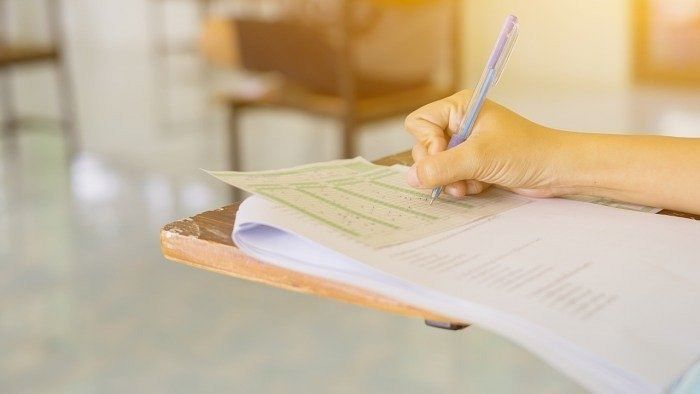

Thirty-seven lakh students did not make it to higher education because they dropped out at various levels in school and pre-university, according to numbers compiled by the state government for the 2020-21 academic year.
The high dropout rate is stunting Karnataka’s gross enrolment ratio (GER) in higher education while exposing drawbacks in the ability to retain children in schools.
GER is the number of students enrolled in higher education against the actual population that is eligible to go to college. DH has accessed an internal analysis by the state government for 2020-21 All India Survey on Higher Education (AISHE) being carried out by the Centre.
The government has calculated dropouts by taking Class 10 enrolment data based on year of birth.
For example, a student born in 1997 should be in Class 10 in 2012 when s/he will be aged 15. This student should make it to 2nd PU in 2014. By 2020, age 23, the student should have completed postgraduation, thus completing the requirement for GER.
Accordingly, between 2007 and 2012, a total of 56.29 lakh students should have completed Class 10, but 22.59 lakh did not.
Similarly, between 2008 and 2014, there were 6.27 lakh students who did not make it from first-year pre-university to the second. In the same period, 8.15 lakh students failed in the 2nd PU final exam.
Cumulatively, this works out to 37.02 lakh students who did not make it to college.
“At least 40% of students fail in Class 10 and Class 12, which is affecting higher education enrolment,” Higher Education Minister C N Ashwath Narayan told DH. “We have discussed this with the Department of School Education & Literacy so that they can take necessary improvement measures.”
According to senior academician V P Niranjanaradhya, socio-economic factors lead to children dropping out of school. “The RTE Act, which is applicable up to Class 8, must be extended up to Class 12 to reduce the number of children dropping out,” he said. He also pointed out a skew: the number of government-run high schools is not more than 5,000 whereas there are over 48,000 primary schools, he said.
To make sure students find it easier to pass 2nd PU, the government will have more multiple-choice questions (MCQs) in the question papers for the March-April exams.
GER flaw?
According to government numbers, over 20 lakh students dropped out of higher education. Officials have argued that the Union government’s insistence on considering the 18-23 age group to determine GER is flawed. “While calculating GER, we consider students enrolled in all courses - medical, diploma, engineering, general degree, para-medical and so on. Each course has its own duration. If a student is not enrolled in a higher education institution till the age of 23, then s/he is to be considered as a dropout. Many students get an undergraduate degree at 21 and get jobs. We can’t term them as dropouts,” an official explained.